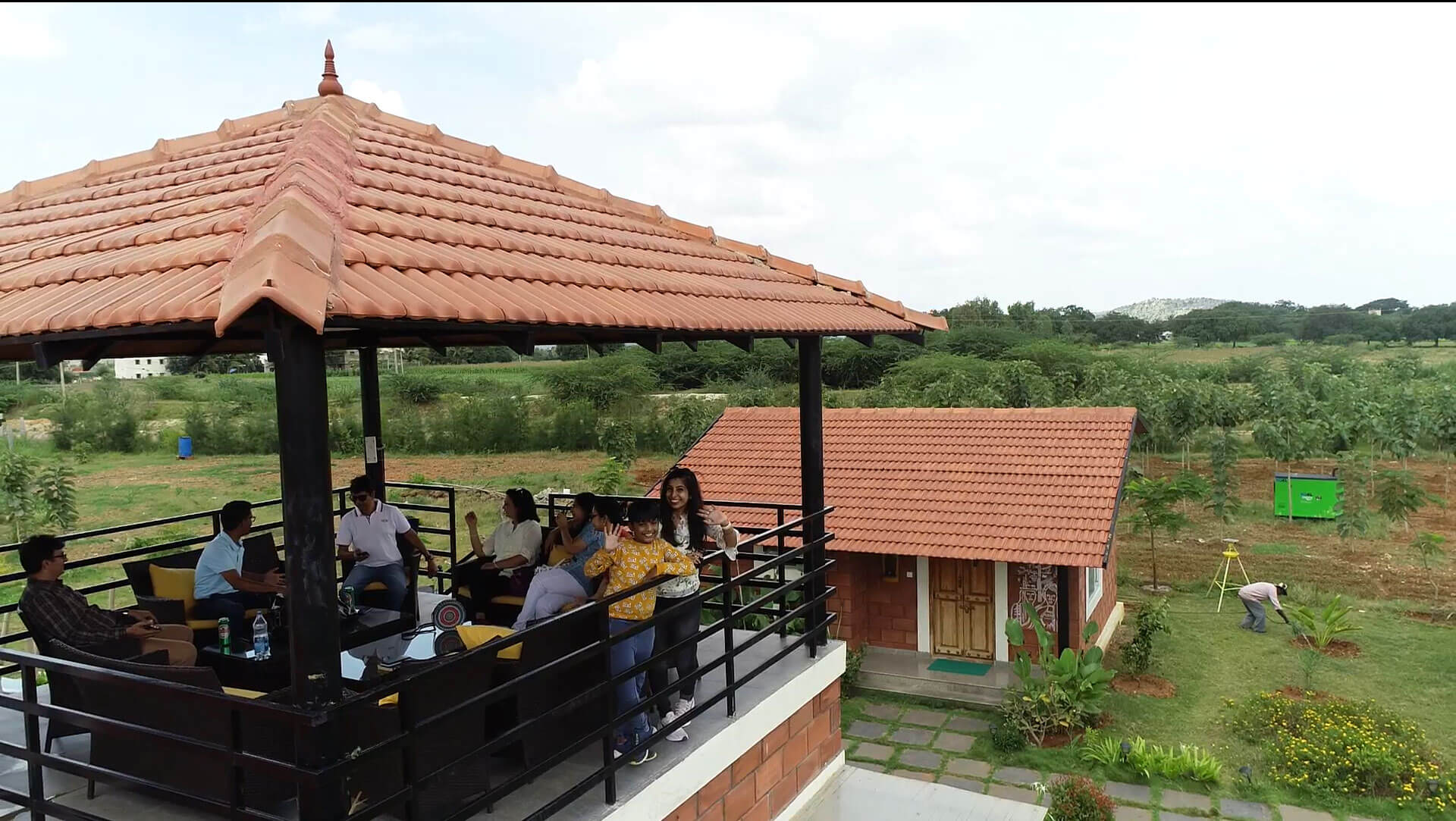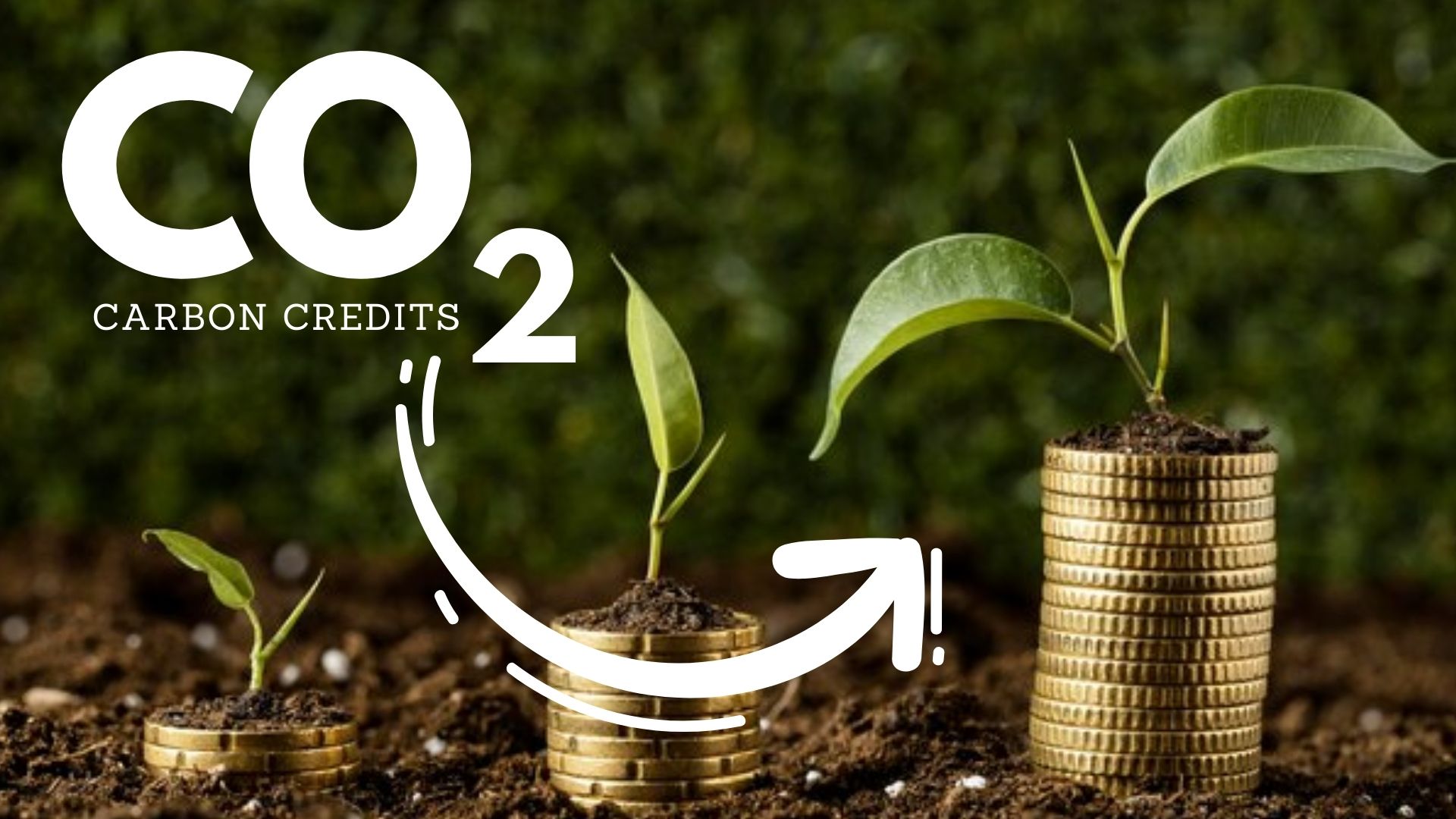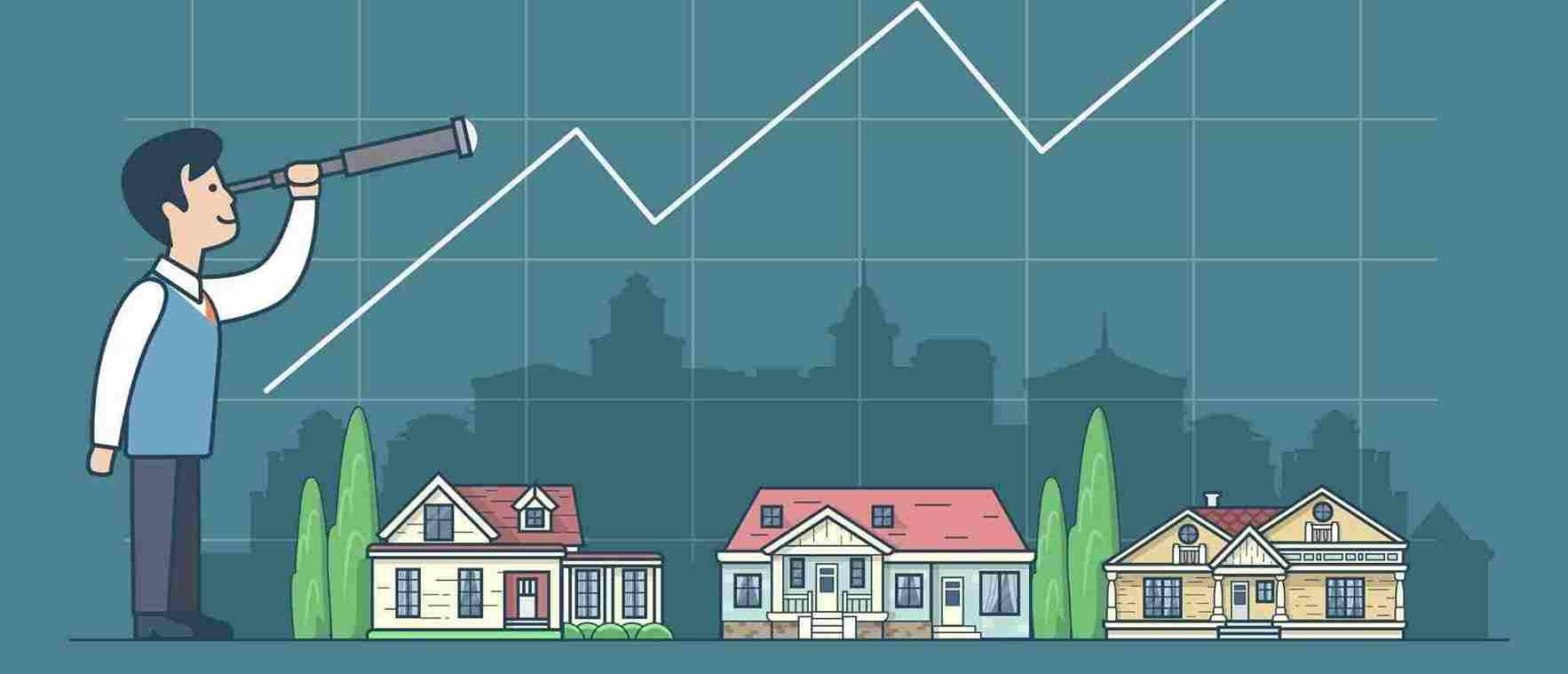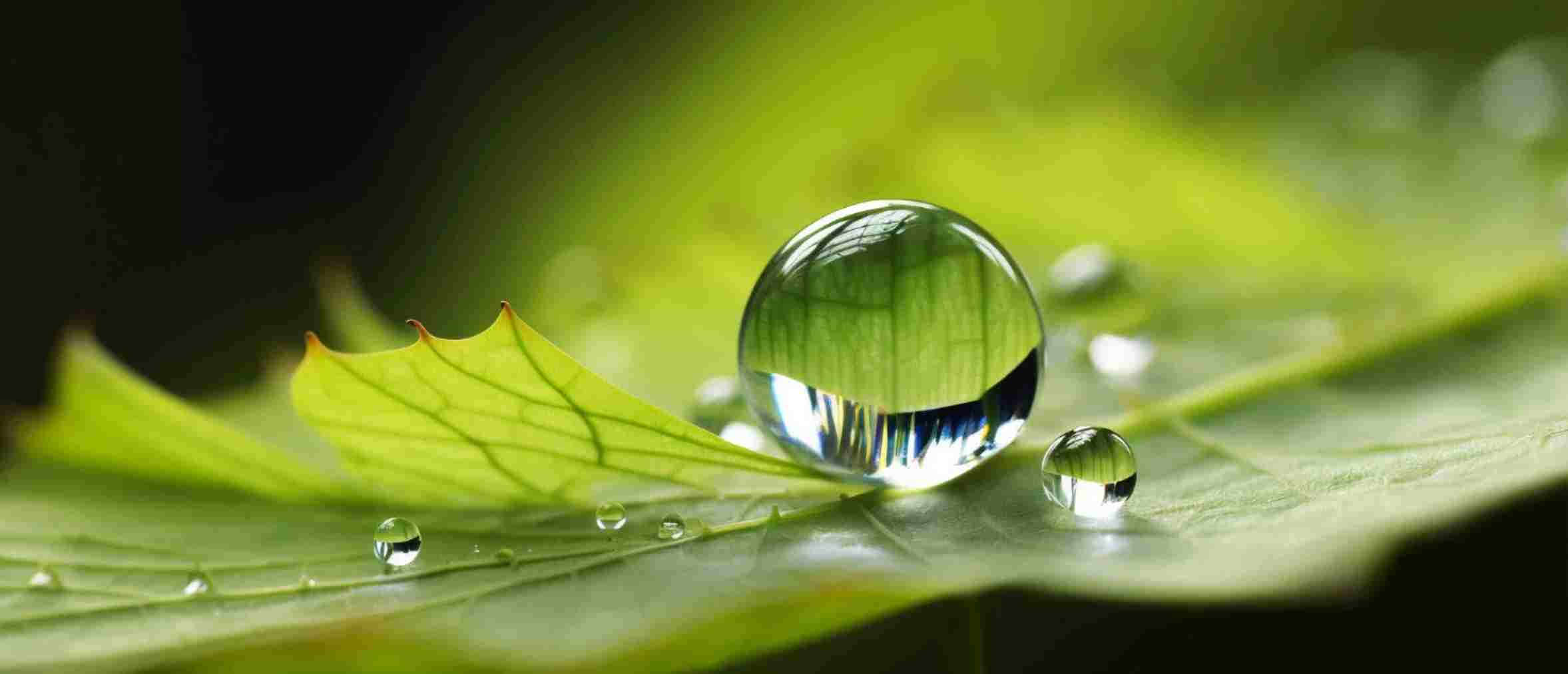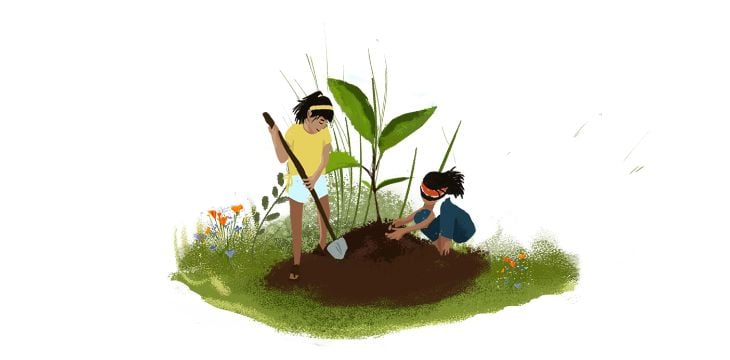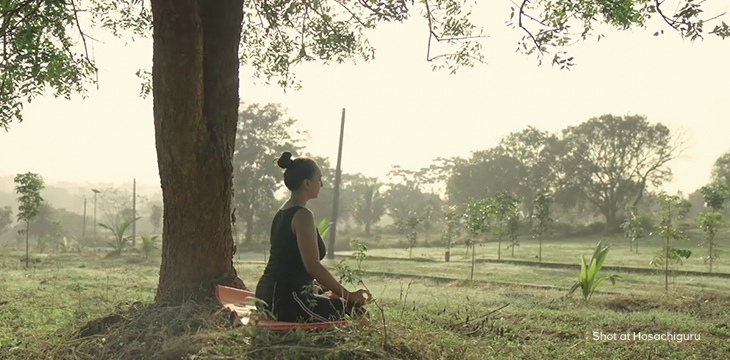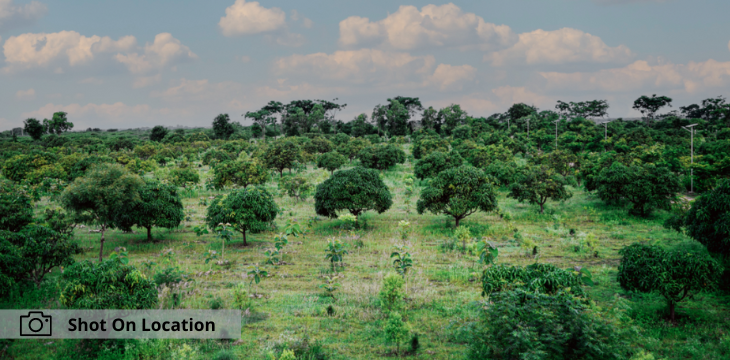November 21, 2023
Author – Srinivas Abhilash
5 Minute Read
Introduction
In our daily lives, we might not realize that the food we eat could be hiding something dangerous – heavy metals. A November 2023 investigation in Bengaluru found that many vegetables sold in stores contain more heavy metals than what’s considered safe by experts.
Leafy greens, like spinach, were found to have the highest levels. The problem lies in how these vegetables are grown. Some farmers use dirty water from sewers or polluted lakes and rivers to grow crops. These areas, near places with lots of factories, are seriously contaminated.
Adding to this, farmers often use a lot of chemicals like pesticides and insecticides on their crops. These chemicals can get inside the vegetables and fruits, making them risky for us to eat.
When we buy food, we usually don’t ask where it comes from or how it was grown. But now, it’s time to pay attention. We need to know more about our food and where it comes from to keep ourselves safe.
One good thing is that there’s a natural solution to all these worries – The Fungi in the soil. These fungi act like guards, stopping the heavy metals from getting into the plants. They play a big role in protecting our food from these dangerous metals.
Regenerative farming practices emphasize the significance of fostering thriving microbial communities, particularly enhancing fungal activity in soils. By adopting agroecological approaches such as mulching, cover cropping, and reduced tillage, farmers can promote a conducive environment for fungi to flourish. Mulching, for instance, not only conserves soil moisture and prevents erosion but also provides an organic carbon source that sustains diverse microbial populations, fostering soil fertility and resilience.
Fungi And Heavy Metals
Fungi play a crucial role in soil ecosystems by interacting with heavy metals, influencing their bioavailability, mobility, and toxicity. Understanding these parameters sheds light on the rationale behind the use of fungi in removing heavy metals:
Bioavailability
- Chelation and Sequestration: Fungi produce metabolites like organic acids, siderophores, and exopolysaccharides that chelate heavy metals, altering their chemical form. This process enhances metal solubility and availability for uptake by the fungi.
- Extracellular Enzymes: Fungal enzymes, such as oxalate and citrate reductases, transform insoluble metal compounds into soluble forms, making them more accessible for uptake and subsequent sequestration within fungal cells.
Mobility
- Mycelial Network: Fungi form extensive mycelial networks in the soil, creating a vast surface area that acts as a physical barrier and adsorption site for heavy metals. This network immobilizes metals, preventing their leaching or movement through the soil.
- Hyphal Exudates: Fungi release compounds that bind heavy metals, reducing their mobility by forming complexes or aggregates, thus limiting their spread within the environment.
Toxicity
- Biotransformation: Fungi possess enzymatic systems that detoxify heavy metals by converting them into less toxic forms or immobilizing them within intracellular compartments, reducing their adverse effects on the environment.
- Metal Uptake and Tolerance: Fungi exhibit selective uptake mechanisms, accumulating metals within their cells without experiencing significant toxicity. Some species even thrive in highly contaminated environments, showcasing tolerance to heavy metals.
Fungi’s Role in Mitigating Soil Heavy Metal Contamination
- Accumulation of Heavy Metals: Various human activities such as industrial processes, mining, and the use of agricultural chemicals contribute to the accumulation of heavy metals in soil (Giller et al., 1998).
- Fungal Interaction: Fungi, as vital components of soil ecosystems, exhibit remarkable adaptive mechanisms to coexist with heavy metals. These microorganisms play pivotal roles in soil health by engaging in complex interactions with heavy metals. Fungi possess diverse strategies such as biosorption, bioaccumulation, and biotransformation to mitigate the adverse effects of heavy metal contamination in soils (Gadd, 2004). Their ability to bind or alter the chemical form of metals helps in reducing their mobility and toxicity.
- Role of Mycorrhizal Fungi: Mycorrhizal fungi, forming symbiotic relationships with plant roots, serve as a critical bridge between soil and plants. These fungi influence the uptake and translocation of heavy metals in plants. Some mycorrhizal species have been observed to enhance plant tolerance to heavy metals by improving nutrient uptake and regulating metal uptake by plants, thereby reducing the accumulation of contaminants in edible plant parts (Ma et al., 2011).
- Bioremediation Potential: Fungi exhibit promising potential for bioremediation of contaminated soils. Certain species possess inherent abilities to detoxify or sequester heavy metals from soil environments. Mycoremediation, a process involving fungi, has gained attention for its capacity to degrade, immobilize, or transform contaminants, contributing to the restoration of contaminated sites (Vithanage et al., 2017).
Research and Studies: Numerous studies have focused on understanding the interactions between fungi and heavy metals in soil. Scientific research has explored fungal species’ tolerance mechanisms, their role in metal uptake and transformation, and their potential applications for remediation purposes (Gadd, 2004; Ma et al., 2011; Vithanage et al., 2017).
Hosachiguru’s Regenerative Farming: Fungi Shielding Safe Produce
At Hosachiguru-managed farmlands, regenerative farming practices are applied to enrich soil health, nurturing an ecosystem that encourages robust fungal activity and network expansion. Employing dry and wet mulching, along with reduced tillage methods, bolsters organic matter in the soil, fostering an optimal habitat for fungi proliferation. Composting and organic amendments amplify microbial diversity, supporting a flourishing fungal community within the soil matrix.
Strategic use of agroforestry, syntropic farming, and perennial crops fosters symbiotic relationships between mycorrhizal fungi and plant roots, facilitating nutrient absorption and fortifying soil structure. Minimized disruption and mulching preservation further aid in expanding and interconnecting fungal networks throughout the soil.
This thriving fungal ecosystem at Hosachiguru-managed farmlands plays a vital role in mitigating heavy metal traces, rendering fruits, vegetables, and nuts grown in these soils safer for consumption while promoting overall well-being. Soil nourished through regenerative farming practices acts as a protective shield, ensuring safer and healthier produce for our co-farmers at Hosachiguru.
Conclusion
Let’s take action now! Farmers and cooperatives should adopt regenerative farming practices for increased soil fertility, better soil health and to combat the menace of heavy metals presence in soil.
Hosachiguru’s regenerative farming practices based on permaculture ethics and principles purely focus on soil health and boosting fungi in the soil. This will help fight heavy metal issues and ensure safer food.
Supporting these practices means better crops, safer food, and a healthier planet for us all. Join the movement for regenerative farming and support farmers like Hosachiguru to safeguard our food and environment.
References:
- Giller, K. E., Witter, E., & McGrath, S. P. (1998). Toxicity of heavy metals to microorganisms and microbial processes in agricultural soils: a review. Soil Biology and Biochemistry, 30(10-11), 1389-1414.
- Gadd, G. M. (2004). Microbial influence on metal mobility and application for bioremediation. Geoderma, 122(2-4), 109-119.
- Ma, Y., Prasad, M. N. V., & Rajkumar, M. (2011). Potential of plants and microbes for the removal of heavy metals from soil. In: Environmental remediation technologies for metal-contaminated soils (pp. 65-97). Springer.
- Vithanage, M., Rajapaksha, A. U., Oze, C., & Ok, Y. S. (2017). Heavy metal immobilization and remediation by soil microbes: A review of mechanisms and review strategies. Chemosphere, 182, 1-15.
- Alloway, B. J. (2013). Heavy Metals in Soils: Trace Metals and Metalloids in Soils and their Bioavailability. Springer Science & Business Media.

